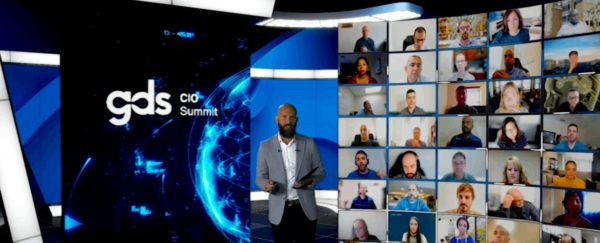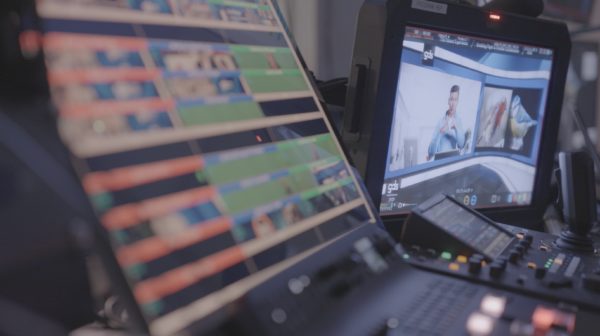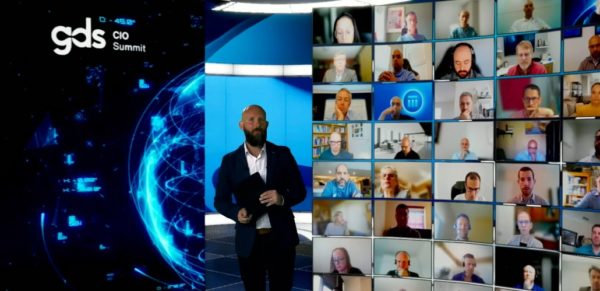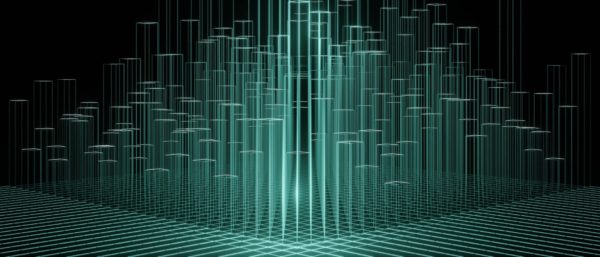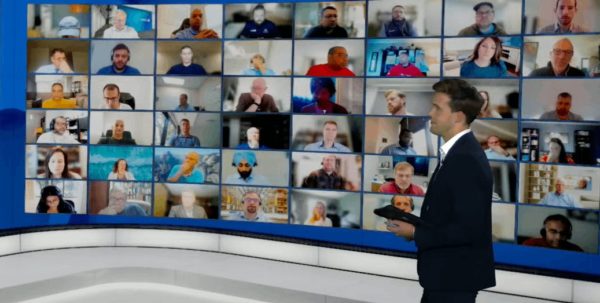“Life moves pretty fast. If you don’t stop and look around once in a while, you could miss it.”
The words of Ferris Bueller have never sounded so prescient. In today’s world of rapid technological and social disruption, keeping up with the pace of change can be a daunting prospect – especially given current market volatility, behavioural shifts and the widespread adoption of digital tools and ways of working.
The rate of transformation has never been this fast. And, most likely, it will never be this slow again.
It’s why taking the time to consider what might come next is critical. And with 2023 looming large on the horizon, executives everywhere are asking: what does the next 12 months look like? What comes after that? And what do I need to do now to prepare for that future?
THE FUTURE IS DIGITAL
It’s a topic that Adam Gorski, VP and Global CIO over at ContourGlobal, waxed lyrical about at the recent GDS Data & Analytics Summit. His takeaway? Accept that change – driven by new digital-first mindsets and powered by emerging technology – will be the new normal.
“About 7000 years ago, the invention of the wheel transformed the world by enabling greater physical mobility,” he told an audience featuring some of North America’s most senior tech leaders. “Now, digital is transforming it again by enabling mobility of the mind. Today we can communicate with anyone around the world whenever we need to, and access any information we want, using a device we carry with us in our pockets.”
And as we all know, accessibility is changing the way we think – about everything – moving forwards.
For Gorski, this is reflected by – and perhaps in large part driven by – the shifting expectations of the digital native: Those millennial and Gen Z cohorts born since the start of the 1980s. “Digital natives are always-on,” says Gorski. “They’re just on in a different way to previous generations. Boomers and older generations might think they’re always-on because they have a smartphone. But for digital natives it’s more of a mindset. They have a bond with the internet because they’ve grown up with it.”
KEEPING UP WITH CHANGE
And that pace of change will require us to think differently about how information flows in future – between devices and systems, between people and machines. Because tomorrow’s consumer will have even higher expectations around speed of delivery, speed of execution – and speed of problem resolution.
Gorski believes that artificial intelligence and machine learning will have a critical role to play in facilitating that hand-off.
“Today we are limited by the speed at which we can input information into our smart devices. We can consume a lot of information but communicating it outwards is somewhat slower because typing on a smartphone can be a barrier,” he explains. “This is where voice and AI assistants, along with other types of machine learning and artificial intelligence, will really come into their own. And as early as 2040, we could be at the stage where virtual telepathy starts to dominate personal communication, removing the need for manual data input altogether.”
What’s more, he sees “the singularity” – the point at which advances in AI result in machines that are smarter than human beings – as inevitable in the medium term. “The technology is advancing so fast,” he says. “But the singularity is an engineering problem, not a physics problem – and engineering problems always get solved eventually.”
FUTURE GAZING
Gorski’s research presents a fascinating – if not slightly terrifying – vista of possibilities. So, what does the future hold? He took a peek into his crystal ball to provide us with some fascinating predictions for 2023 and beyond…
By 2025…
“We’re evolving from the age of build-a-bear in store, to a time where you can build and configure a car – a hugely complicated piece of engineering – on your iPhone,” says Gorski. “The sophistication of what is now possible with technology, driven by advancements in AI and machine learning, is incredible.”
The next few years will also likely see the following:
- Blockchain becomes a mainstream technology
- Metaverse will become a reality
- Brain implants/nanobots will be used to restore lost memories
- All TV is internet-based by this point
- 3D printing will be used for things like stem cell therapy
- AI will approach human-level intelligence
By 2030…
“Depression will be the number one global disease by 2030,” says Gorski. “A lot of people won’t be able to handle the speed of digital change, the speed at which information will be coming at them.” Thinking about how AI, automation and other related technologies can play a role in alleviating some of that stress and anxiety will be critical.
Other milestones might include:
- China will overtake the US economy as the world’s biggest
- Non-human intelligence will pass the Turing test
- Backing up human brains to the cloud via nanobots will become possible
- The resurrection of a few extinct species, a la Jurassic Park, will become reality
- VR headsets will be commonplace as a communication/engagement tool
- 4D printing (where the printed product will react with parameters in the environment such as humidity, temperature, voltage, etc.) will start to mature
By 2035…
“In the 2030s, there will be little reason to own a car, thanks to the advent of robotaxis, driverless shuttles, etc.” Gorski suggests. “By 2035, autonomous vehicles will be ubiquitous, which will completely transform the urban landscape. This will further drive (and be driven by) rising internet speeds, up to the Terabit level.”
Other notable developments could include:
- 60% of the global population will live in cities by this point
- Internet speeds will reach the Terabit level
- One billion service robots will be in deployment worldwide
- Nuclear fusion energy will start to become widely available
- Universal basic income is rolled out in rich countries
- Hypersonic airlines start operations
By 2040…
“By 2040, we’ll have achieved 100% of the Internet of Everything,” says Gorski. “All of the things that are important to humans – buildings, appliances, vehicles, infrastructure, leisure, clothes, communications, etc. – will be connected, as will everything we need to do our jobs, run our businesses, etc. We will live in a truly digital world at this point.”
In addition, we’ll likely see some or all of the following:
- Car ownership will fall to 10 percent or less
- Virtual telepathy will dominate our personal communications
- Older computers will be at risk of malfunction (Y2K all over again)
- Manufacturing jobs will largely disappear in the West due to automation
- The first lunar village will be established, most likely by Russia or China
- There will be no ice at the North Pole
GDS Summits are tailored three-day virtual event conferences that bring together business leaders and solution providers to accelerate sales cycles, industry conversations and outcomes. Regarding the Data & Analytics Summit, 100% of solution providers said the overall experience of the digital summit they attended was above average or excellent, and 100% also said that they would be interested in sponsoring future events.
Click here to hear from attendees on how GDS has helped them to achieve their business outcomes. And continue the debate at GDS’ next Data & Analytics Summit, where we’ll be bringing together senior data executives who are actively seeking to share, learn, engage, and find the best solutions. Apply to attend.



